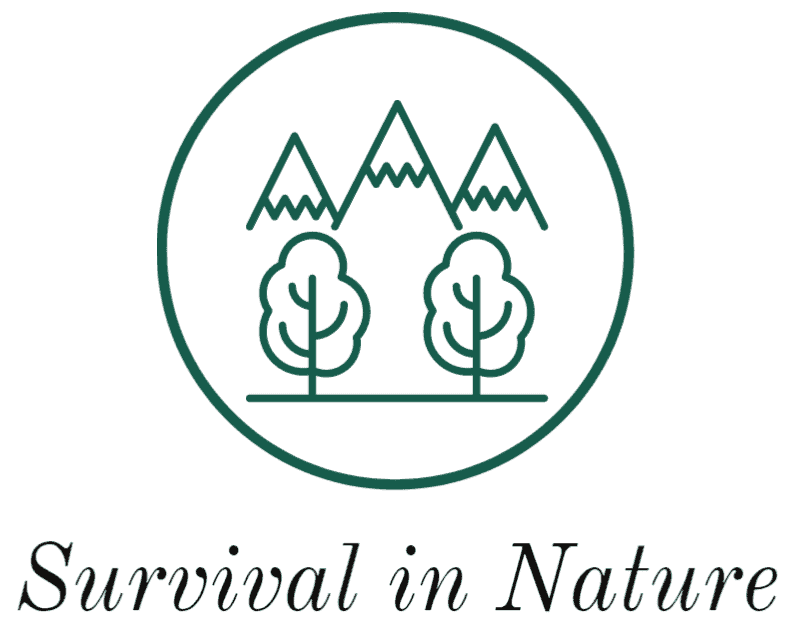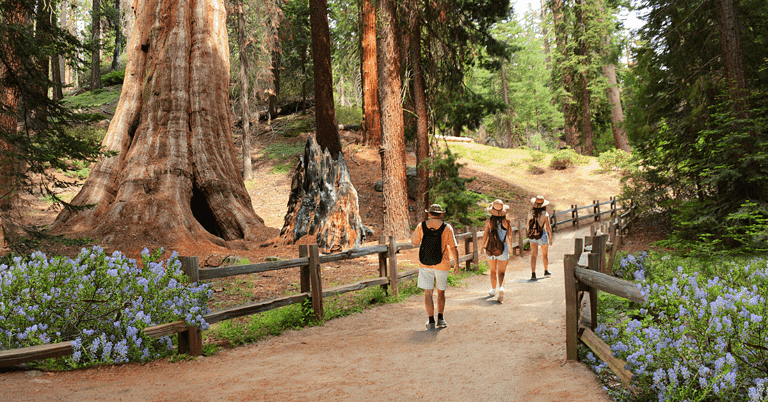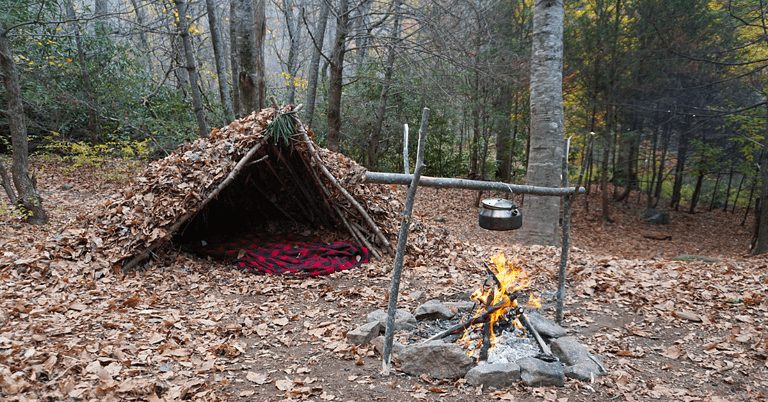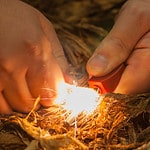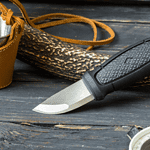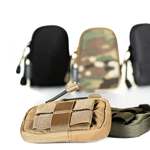Are you new to bushcraft and wondering which tool is the most useful? Machete or axe may be on your mind.
In this blog post, we'll cover the fundamentals of bushcraft, the pros and cons of each tool, and which works better overall.
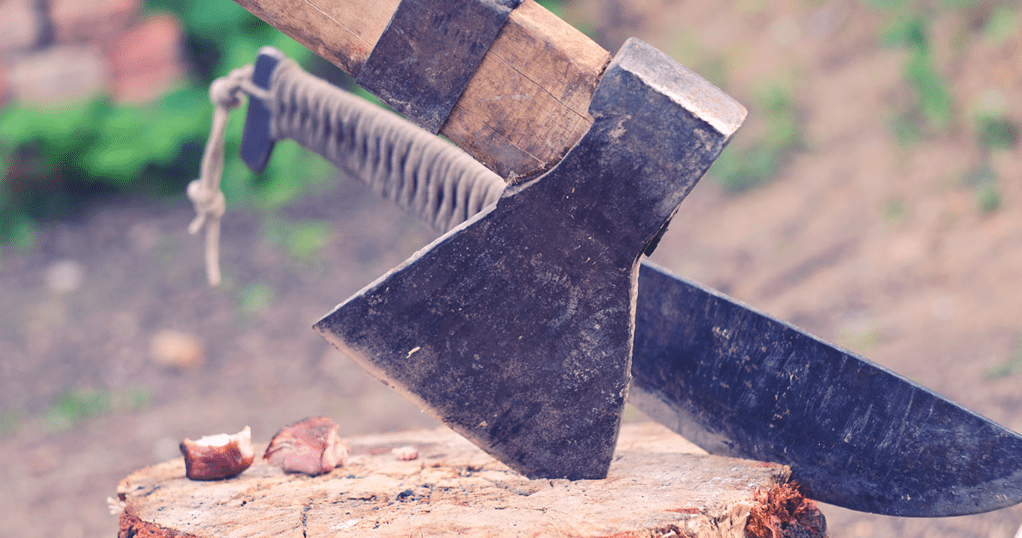
Bushcraft 101: What Is It and What Tools Are Needed
Bushcraft is an umbrella term for various outdoor skills that allow one to live comfortably in the bush. It could include building shelter, making fires, finding food and water sources - you name it!
Bushcraft can take many forms, depending on the context. For instance, if you were lost in the wilderness, your priority would be finding food and shelter.
On the other hand, if you're enjoying a camping trip with friends, the focus may be more on savoring the experience and learning new skills.
Recently, bushcraft courses and books have seen an uptick in popularity. It could be attributed to people wanting to reconnect with nature and learn survival skills.
However, as technology becomes more integrated, some feel the urge to escape and return to a simpler lifestyle.
No way of bushcraft is optimal; what matters most is what works for you and your situation.
That being said, there are some fundamental principles all bushcraft people should adhere to:
- Respect nature: Take what you need from the environment and leave no trace behind except footprints.
- Be Prepared: Always have the necessary supplies and know how to utilize them correctly.
- Be Patient: Mastering new skills takes time; don't expect to become an expert overnight.
Let us look at some of the essential tools used in bushcraft.
Essential Bushcraft Tools
No single approach works well enough for bushcraft; the tools you'll need depend on the activity you plan on undertaking.
For instance, if you're building a shelter, different tools are required than starting a fire.
Nonetheless, there are some essential items every bushcraft enthusiast should possess:
- Knife: A knife is an indispensable tool for any bushcraft person. It can be used for various tasks like cutting wood, preparing food, and skinning animals. When selecting a knife, ensure it's durable and meets your needs; many types are available, so research before purchasing.
- Fire Starter: A fire starter is an indispensable tool for any bushcraft admirer. It can start fires, signal them, or make charcoal. Make sure you purchase a model that's both user-friendly and dependable.
- Multi-Purpose Tool: Also referred to as the Swiss army knife, this versatile device packs many functions into a small package. Standard features include knives, saws, scissors, and sizes that can all be used simultaneously for maximum convenience.
These are just some essential tools every bushcraft lover should have. In addition, of course, there are many optional items you can bring with you, depending on your individual needs.
Now that we've covered some fundamentals, let's examine the advantages and drawbacks of using a machete and an axe.
Machete Pros and Cons
Machetes are essential bushcraft tools that many outdoor adventurers rely on due to their versatility, lightweight nature, and ease of maneuverability in tight places.
They can clear brush and small trees and create paths and shelters from natural materials like wooden spoons or utensils.
The curved blade allows precise cuts even on complex materials like bone or thick branches.
Furthermore, they require little upkeep - making them an excellent investment for anyone looking to tackle outdoor adventures or prepare for emergencies with confidence.
Disadvantages of Utilizing a Machete
Machetes offer many advantages, but there are also some potential drawbacks when using one for bushcraft tasks:
- First, it requires more skill and practice to use it more effectively than axes.
- If you are unfamiliar with using it, be careful, as mishandling the blade could injure yourself or others.
- They can be challenging to control when cutting through thorny vegetation or branches.
- The blades can become dull if used frequently or on rigid materials.
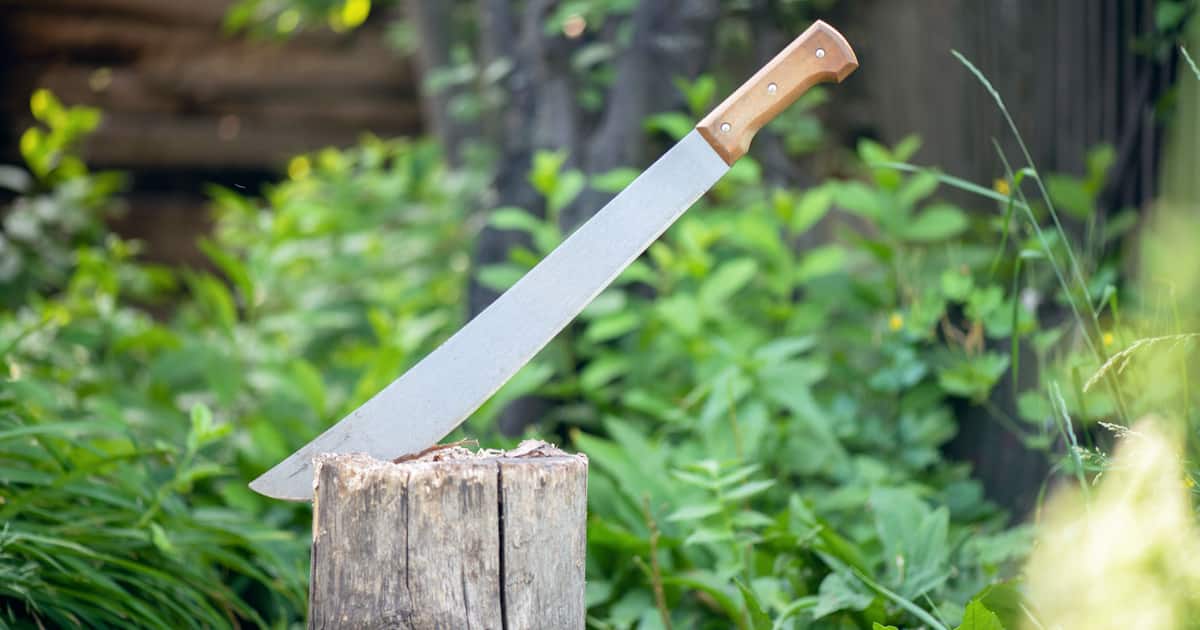
Axe Pros and Cons
An axe is an indispensable tool for bushcraft, as it can be used for many tasks around the campfire.
Bushcraft can be a lot easier with it in hand. From building shelter to starting a fire or processing wood, an axe has many benefits that other tools cannot match:
- Most importantly, it is powerful and efficient - with just one swing, it can easily slice through even thick logs. As a result, it is an indispensable tool for cutting firewood or crafting a shelter frame.
- Furthermore, its precision allows it to work more precisely than other tools, thus enabling you to shape and manipulate wood according to your requirements.
- Another advantage of an axe is its versatility. It can be used for everything from splitting wood to carving wooden utensils.
- Furthermore, it is a durable tool that can withstand the rigors of bushcraft activities.
Therefore, bringing along an axe when venturing into wilderness areas can significantly boost your chances of success.
Disadvantages of Utilizing an Axe
Though it can be a helpful tool for bushcraft people, it also has some drawbacks:
- One such disadvantage is the sharp and heavy blade which may be difficult to control at times; one wrong swing could result in severe injuries.
- Another issue is their bulkiness and weight, making them unwieldy for hikers or those carrying small packs.
- Furthermore, using it requires strength and skill; beginners may find it challenging to handle effectively.
- Finally, it is not the most precise tool, and it may be challenging to get a clean cut when working with small or delicate pieces of wood.
- Therefore, while it can be helpful in certain circumstances, bush crafters should be aware of its potential drawbacks and exercise caution when using it.
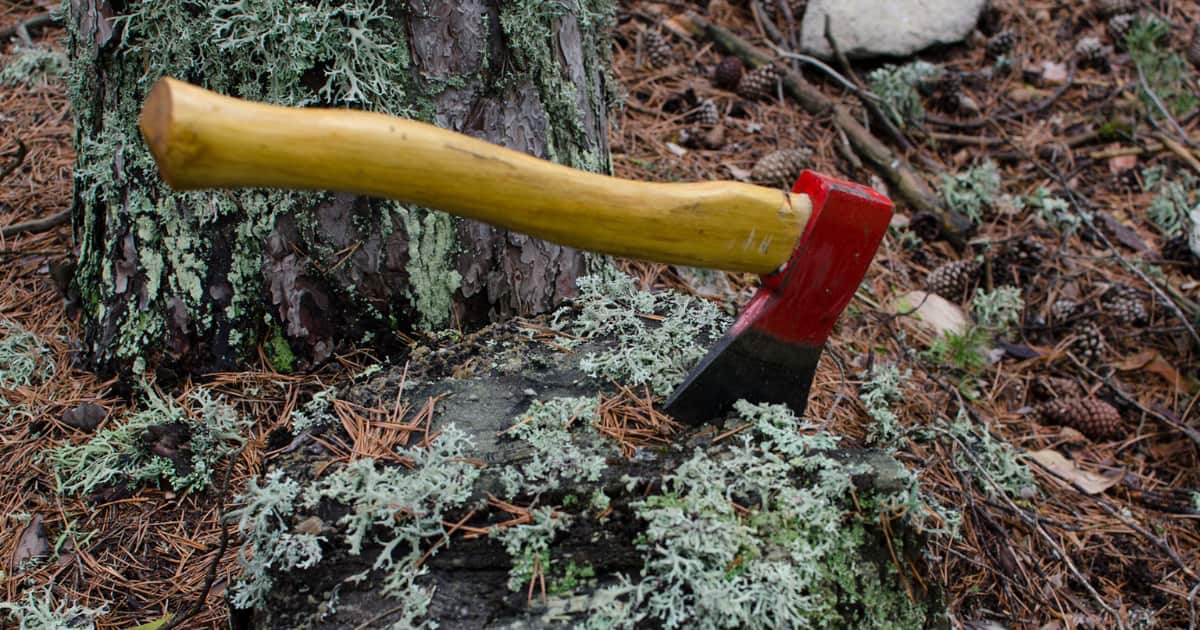
Conclusion
After examining the pros and cons of both machetes and axes, it's clear that both have their advantages.
But ultimately, what works better for bushcraft depends on individual preference and situation.
For example, in dense forest settings, an axe might be necessary to clear a path; conversely, if your workspace is more open, then machetes would work better when cutting down trees or gathering firewood.
Ultimately, it is up to the individual to decide which tool is most beneficial in any given circumstance.
